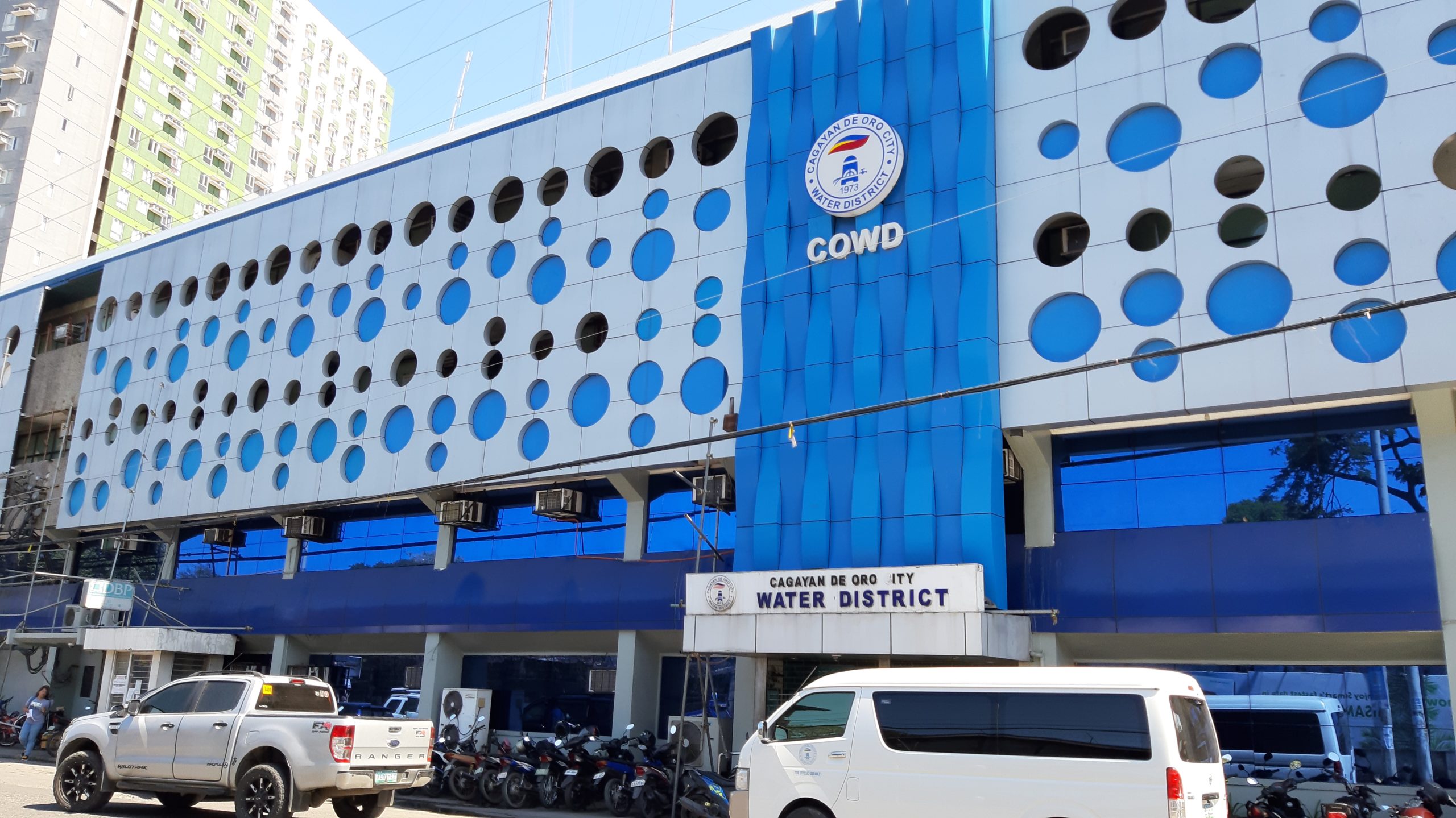A. Paulita Roa
ONCE upon a time, when very important guests paid a visit in one of the big houses along Calle de la Iglesia (now Burgos St.) in Cagayan de Misamis, the host would order a trusty muchacho (male servant) to put several banga or earthenware jars in a small boat or a daquit (a raft) and row to the middle of Cagayan River. There, the muchacho would fill the jars with water that would be served to the guests after an elaborate meal. Kagay-anons believed that the sweetest and the purest drinking water can be taken in the middle of their river. So it was part of local hospitality to serve it to their honored guests.
Cagayan River has always been part of our lives since time immemorial. It has nurtured us by providing water, food and numerous sources of livelihood. Many of our local legends and tales are about our river and it shows the special affinity the ancient Kagay-anons had to it. The great Manobo epic “Ulagingen” which is usually chanted for three nights mentioned the Cagayan River as part of the journey of a group of Manobos who were in search for the gift of immortality.
The Cagayan River is a spectacular cultural landscape whose headwaters is located in Bukidnon Province–hundreds of kilometers away from the city of Cagayan de Oro. It has numerous tributaries from the said province and Lanao del Norte, all joining to become one great body of water that wounds its way to Macajalar Bay.
Aside from the river’s tributaries, there are many spectacular caves, small streams and waterfalls along its course. The vast area surrounding the river is composed of hills, limestone cliffs, valleys, flatlands, forests, river terraces and islets–all providing a magnificent panoramic view of nature. It never fails to astound many for its breathtaking beauty.
There are a rich variety of habitats that is part of the area’s high biodiversity. It ranges from different flora and fauna plus mammals, reptiles and even tarsiers. The river once teemed with the following fishes that used to be part of the staple diet of the Kagay-anons like the balanak, dalapakan, pili, kasili, sangitan, anga, bugaong, iswil, halu-an and the prize catch of the river–the pigok. Most of these fishes have dwindled in number while the pigok and the pili cannot be found in the river anymore. So with the shellfishes like the bokway and the suso.The different varities of river shrimps and turtles are gone too.
In Barangay Bayanga is the Macahambus Hill which is located along the Cagayan River. There is a National Historical Institute marker placed below the historic hill near the mouth of the Macahambus Cave. The marker is in commemoration of the June 4, 1900 Battle of Macahambus Hill, which marked the first victory the Filipinos ever had over the Americans during the entire Philippine-American War in this nation. There are also many important archaeological sites near Cagayan River. Foremost among them is the Huluga Caves and open site in Sitio Taguanao, where artifacts dating back to the Neolithic and Paleolithic Ages were found by archaeologists. Secondary jar burials, the first of its kind that were found in Northern Mindanao and dating back to more than 1,500 years old were recovered at the Kros Rockshelter in upper Barangay Balulang in 2004. It showed that the early Kagay-anons practiced secondary jar burials like the rest of the peoples of Southeast Asia.
In 1624, upon the advise of Fray Agustin de San Pedro, an Agustinian Recollect missionary, Datu Salansang, ruler of the vast Cagaiang (Cagayan) territory agreed to move out of his Himologan fortress to a site near a river estuary. A new settlement they called Cagayan was built on this site. And through the centuries, the area grew and expanded and is known today as the city of Cagayan de Oro. Our history is closely akin to our river. In fact, it is a big part of the image and soul of our city.
Today, the city is composed of two political districts with the Cagayan River serving as its natural division. There are also six bridges spanning the river thereby creating more economic centers and bringing in more migrants to settle in the new growth areas. With the booming economy comes ecological problems like how to preserve our river from pollutants. Though our river is not as dirty as the Pasig River of Metro Manila, still we need to act now to ensure that the waters are clean and free from deadly wastes. I wonder if the Corda, a local body that oversees the protection of the river is still active today.
My prayerful wish is for my grandchildren and their children and the future generations of Kagay-anons to continue being nurtured by the life giving waters of Cagayan River. I want them to go swimming, whitewater rafting, explore the several caves or simply enjoy the beauty of Cagayan River just as we do now. Our priceless gift to them is for us to take the necessary steps now to preserve and protect our river. So let us be good stewards of God’s great gift to our city–the Cagayan River.
Disclaimer
Mindanao Gold Star Daily holds the copyrights of all articles and photos in perpetuity. Any unauthorized reproduction in any platform, electronic and hardcopy, shall be liable for copyright infringement under the Intellectual Property Rights Law of the Philippines.











